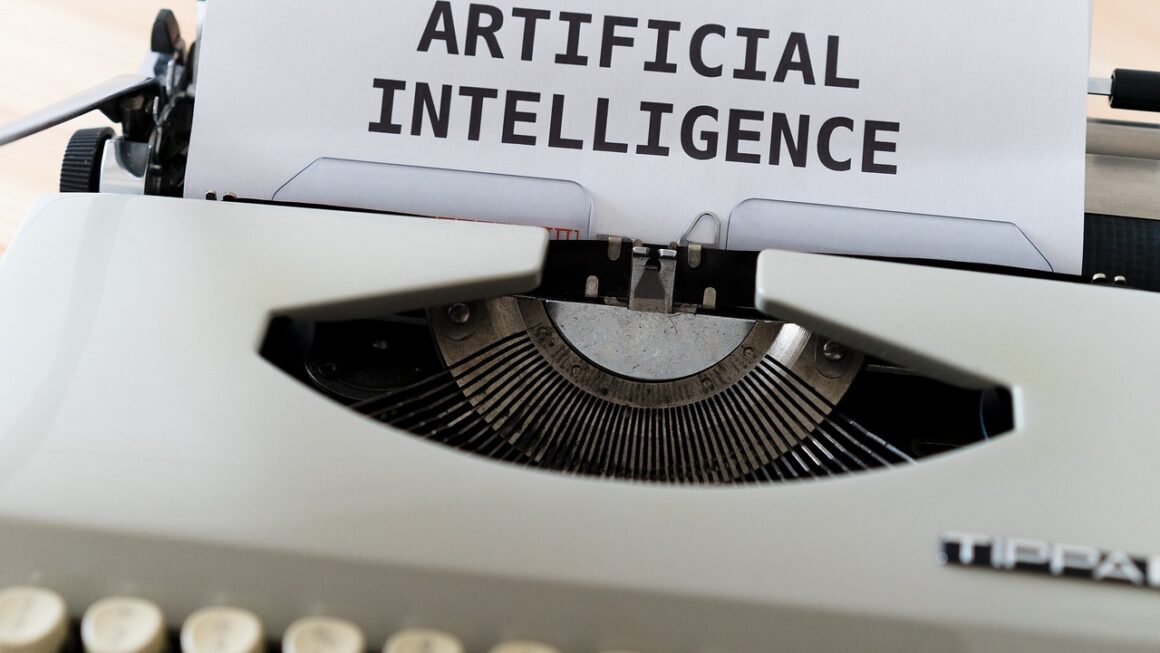The rapid advancements in Artificial Intelligence (AI) are not solely driven by sophisticated algorithms and vast datasets. Underlying these software innovations is a burgeoning field of AI hardware, specifically designed to accelerate the computational processes necessary for AI applications. This blog post delves into the world of AI hardware, exploring its various facets, from specialized processors to memory solutions, and how they’re shaping the future of AI.
What is AI Hardware?
Defining AI Hardware
AI hardware refers to specialized computer components and systems designed to efficiently execute AI workloads, particularly machine learning algorithms. Unlike general-purpose CPUs, AI hardware is optimized for the specific mathematical operations and memory access patterns that are common in AI, leading to significant performance gains and reduced energy consumption.
- AI hardware aims to accelerate tasks like:
Matrix multiplication
Convolutional operations
* Neural network training and inference
The Need for Specialized Hardware
The growing complexity of AI models necessitates specialized hardware. Training deep learning models on traditional CPUs can be extremely slow and resource-intensive. AI hardware offers the following advantages:
- Increased Speed: Executes AI computations much faster than CPUs.
- Reduced Power Consumption: More energy-efficient, crucial for mobile and edge devices.
- Scalability: Allows for scaling AI applications to handle larger datasets and more complex models.
- Lower Latency: Essential for real-time AI applications like autonomous vehicles and robotics.
Types of AI Hardware
Graphics Processing Units (GPUs)
GPUs, initially designed for graphics rendering, have become a cornerstone of AI acceleration. Their massively parallel architecture makes them well-suited for matrix operations, which are fundamental to deep learning.
- Example: NVIDIA’s Tesla and RTX series are widely used for AI training and inference in data centers and research labs.
- Benefits: High throughput, mature software ecosystem (CUDA), and broad availability.
Application-Specific Integrated Circuits (ASICs)
ASICs are custom-designed chips tailored to specific AI tasks. They offer the highest performance and energy efficiency for a given application, but their development is more expensive and time-consuming.
- Example: Google’s Tensor Processing Unit (TPU) is an ASIC designed specifically for accelerating Google’s machine learning workloads.
- Benefits: Superior performance, energy efficiency, and security for targeted applications.
Field-Programmable Gate Arrays (FPGAs)
FPGAs are reconfigurable integrated circuits that can be programmed to perform specific functions. They offer a balance between the flexibility of GPUs and the performance of ASICs.
- Example: Intel’s Arria and Stratix FPGAs are used for AI acceleration in various applications, including edge computing and networking.
- Benefits: Reconfigurability, lower development cost compared to ASICs, and good performance.
Neuromorphic Computing
Neuromorphic computing aims to mimic the structure and function of the human brain. These systems use spiking neural networks and event-driven processing to achieve ultra-low power consumption and high efficiency.
- Example: Intel’s Loihi chip is a neuromorphic processor designed for AI applications such as robotics and pattern recognition.
- Benefits: Potential for ultra-low power consumption, real-time processing, and adaptability.
Key Considerations for AI Hardware Selection
Performance Metrics
Evaluating AI hardware requires considering various performance metrics:
- FLOPS (Floating-Point Operations Per Second): Measures the computational throughput.
- TOPS (Tera Operations Per Second): Measures the number of operations per second, often used for inference workloads.
- Latency: Measures the time it takes to process a single input.
- Power Consumption: Measures the energy used during operation.
- Memory Bandwidth: Measures the rate at which data can be transferred to and from memory.
Software Support and Ecosystem
The availability of software tools and libraries is crucial for AI hardware adoption:
- CUDA: NVIDIA’s programming model for GPUs.
- TensorFlow, PyTorch: Popular machine learning frameworks with hardware acceleration support.
- Vitis AI: Xilinx’s software platform for FPGA-based AI acceleration.
Cost and Scalability
The cost of AI hardware and its scalability are important factors to consider:
- Initial Investment: Cost of purchasing or renting the hardware.
- Operational Costs: Power consumption, cooling, and maintenance.
- Scalability: Ability to scale the AI infrastructure to handle increasing workloads.
The Future of AI Hardware
Emerging Technologies
Several emerging technologies are poised to revolutionize AI hardware:
- 3D Integration: Stacking multiple layers of silicon to increase density and reduce power consumption.
- Analog Computing: Performing computations using analog circuits, potentially leading to significant energy savings.
- Quantum Computing: Utilizing quantum mechanics to solve complex AI problems that are intractable for classical computers.
Edge AI
Edge AI involves deploying AI models on edge devices, such as smartphones, drones, and IoT sensors. This requires AI hardware that is:
- Low-power: Minimizes energy consumption for battery-powered devices.
- Compact: Fits into small form factors.
- Secure: Protects sensitive data processed on the device.
AI Hardware-Software Co-design
The trend towards AI hardware-software co-design emphasizes the importance of optimizing both hardware and software together. This approach can lead to significant performance improvements and energy efficiency.
- Example: Designing custom instruction sets for AI processors based on the specific needs of machine learning algorithms.
- Benefits: Improved performance, reduced power consumption, and better resource utilization.
Conclusion
AI hardware is the engine driving the advancement of AI. From GPUs to ASICs, and emerging technologies like neuromorphic computing, specialized hardware is essential for enabling faster, more efficient, and scalable AI applications. By understanding the different types of AI hardware, key performance metrics, and future trends, organizations can make informed decisions about their AI infrastructure and unlock the full potential of AI.




